In this detailed guide to CNC turning, we will discuss the turning manufacturing process in depth. We will cover the basics of CNC turning and some common turning processes. After reading this article, you should have a basic understanding of how CNC turning works and what benefits it offers.
What is CNC Turning?
CNC turning is a subtractive machining process in which a cutting tool removes material from a rotating workpiece. The cutting tool is typically mounted on a computer-controlled turret, and the workpiece is mounted on a chuck or faceplate. As the automated tool moves across the surface of the workpiece, it removes material to create the desired shape.
CNC turning can create various cylindrical, conical, and helical shapes. It is an extremely versatile machining process that can be used for many applications.
CNC Turning Machine Parts
Acquiring familiarity with the parts of a CNC turning machine is essential to grasp the process of CNC turning. Turning machine parts vary by manufacturer, kind, and capacity. It’s important to note that all CNC turning machines have several common parts:
- Control unit: The controller is the brain of the operation, receiving input from the operator and translating it into actions
- Spindle: It is the part of the machine that holds and rotates the workpiece
- Turret: The turret is a platform that holds and indexes the cutting tools
- Tool holder: Tool holders are adjustable devices holding cutting tools on the turret
- Cutting tool: Cutting tools are used to remove material from the workpiece

How Does a CNC Turning Machine Work?
Turning machines were operated manually until computer numerical control (CNC) was introduced. This opened up a lot of potential for errors. Like a painter seeing the final result in his head before beginning work, the machinist had a visual picture of what he wanted to create.
However, when computer numerical control (CNC) was introduced, turning suddenly became a very precise and accurate multi-step procedure. There are a few steps involved in creating a part using a CNC turning machine:
- First, the product’s CAD model is designed. For this, several computer-aided design (CAD) software can be used. Each component of the final product must be specified in the design.
- The format of CAD files is not recognised by CNC turning machines. Instead, they follow a set of digital instructions called G-Code that tells them where to go and what to do in three-dimensional space. For this reason, it is essential to transform CAD files into G-Code. Computer-aided manufacturing (CAM) software is useful in this context. Once a CAD model is complete, the designer sends it to a CAM program, which interprets the data and generates the appropriate G-Code for manufacturing.
- The next step is to set up the machine. The operator must prepare the CNC turning machine by mounting the workpiece, clamping the right cutting tool to the turret, and filling the relevant storage with cutting fluid before the CNC program can be performed.
- Once the machine is set up, the operator will start turning using the machine’s control panel. The turning process begins when the machine moves the cutting tool across the surface of the rotating workpiece.
CNC Turning Machine Setup
The parameters of the CNC turning process are dependent on several factors. These include the material of the part and the tool, the size of the tool, the finishing specifications, etc.
Spindle Speed
The unit is revolutions per minute, indicating the spindle’s and the workpiece’s rotating speed. The spindle speed is directly proportional to the cutting speed, which also considers the diameter. If the diameter varies dramatically, the spinning tool speed must be adjusted to keep the cutting speed constant.
Feed Rate
The feed rate indicates the distance the cutting tool travels each turn of the workpiece. The feed rate must be carefully controlled to produce a high-quality finish and to avoid damaging the workpiece or the tool. Too high of a feed rate will cause the tool to skip or chatter, while too low of a feed rate will result in a poor finish.

Workpiece Diameter
Workpiece diameter is an important CNC turning parameter that dictates the workpiece size that can be machined. The workpiece diameter is also responsible for the rigidity of the tool as well as the cutting forces.
Depth of Cut
In CNC turning, the depth of cut (DOC) is one of the most important parameters, as it determines the amount of material that can be removed in a single pass. A too-small DOC will result in a long machining time, while a too-large DOC can cause tool breakage. The ideal depth of cut depends on several factors, such as the machined material, the tooling used, and the spindle speed.

Types of CNC Turning Process
A CNC turning machine can perform various turning processes, depending on the cutting tool and the machine’s design. Four fundamental CNC turning processes include:
Taper Turning
Taper turning is a type of CNC turning that involves gradually tapering the diameter of the workpiece. This taper can be produced by changing the angle of the cutting tool or by moving the workpiece along the lathe’s axis. Taper turning is commonly used to create components such as shafts, tapered holes, and spindles.

Straight Turning
Straight turning is one type of CNC turning, and it is used to create parts with cylindrical surfaces that are parallel to the axis of rotation. This type of turning is well-suited for producing parts with simple geometries, such as axles and pins. The straight-turning process begins with a block of material, known as a workpiece, mounted on a spindle. The spindle rotates the workpiece at high speed while cutting tools shape the material.

External Grooving
External grooving helps to create a smooth, consistent finish on the outside of a product. This type of turning can be used on various materials, including metals, plastics, and composites. The cutting process begins with a piece of stock mounted on a spindle. A cutting tool is then used to remove material outside the stock, creating a groove. The operator can control the depth and width of the groove, allowing for precise results.
Profiling
Profiling is the process of cutting a three-dimensional shape into the surface of a workpiece. The tool is mounted on a spindle and rotated at high speeds while the workpiece is fed through the machine at a controlled rate. Profiling can create a wide variety of shapes, including slots and contours.
Suitable Materials for CNC Turning
Many different types of materials can be used for CNC turning. Some of the most common include metals, plastics, and composites:
- Metals are widely used because they are strong and durable. They can also be machined to tight tolerances, making them ideal for precision parts.
- Plastics are another popular material for CNC turning. They are often less expensive than metals and can be produced in various colours and finishes.
Here is a non-exhaustive list of common materials used for CNC turning:
| Metals | Plastics |
| Aluminium (2007, 2017A, 6060, 6061, 6082) | ABS |
| Steel (1.0038, 1.0503, 1.0511, 1.0570, 1.2842, 1.7131, 1.7218, 1.7225) | PEEK |
| Stainless steel (303, 304, 304L, 316, 316L, 316Ti) | Nylon 6 / PA 6 |
| Copper (2.0060, 2.0065) | PC (Polycarbonate) |
| Brass (2.0401) | Polypropylene (PP) |
| Titanium (Grades 2 and 5) | POM / Delrin acetal |

Applications of CNC Turning
CNC turning centers are generally well-suited for the production of parts for many sectors. These are three typical industries where this technology is widely used to manufacture parts:
Aerospace Industry
Many aircraft components are manufactured using CNC turning, and it would be hard to list them all. Nonetheless, some notable examples are the fastener, connector connection, screw, shaft, eccentric hollow shaft, and pin.
Automobile Industry
A few critical components of a car’s internal combustion engine can be manufactured using CNC machining. A huge aluminium block, for instance, can be machined into a cylinder block. CNC turning is also used to make various automotive parts, including fluid system components, exhaust parts, bushings, suspension components, valve retainers, carburettor housings, and more.
Electronic Component Industry
The electronics industry is one of the world’s major industrial sectors. It comprises many items, from major consumer electronics to small electrical components. CNC turning can be used to produce a variety of electric components, including heat sinks, sockets and connections, and semiconductors.
Advantages of Using CNC Turning
CNC turning is a versatile process that can produce parts with a wide range of shapes and sizes, and it offers several advantages over traditional machining methods. Some of the benefits of CNC turning include:
- Increased precision: CNC turning machines can create parts with extremely high levels of precision. This is because the cutting tools are precisely controlled by computerized systems, which ensures that each cut is identical.
- Greater flexibility: The machines can be programmed to create parts with various shapes and sizes. This makes them ideal for production runs where the same part must be made in multiple sizes.
- Enhanced productivity: These machines can run for long periods without needing to be stopped for maintenance or operator intervention. This results in increased productivity and reduced downtime.
- Improved safety: CNC turning machines are enclosed systems that operate using computer programs. This eliminates the need for operators to be close to the cutting tools, reducing the risk of accidents.
- Reduced costs: CNC lathes can produce parts quickly and efficiently, which leads to lower production costs. Additionally, computer programs allow for easy design changes, reducing the potential for wasted materials.

Limitations of CNC Turning
CNC turning has several limitations that should be considered before using this CNC machining process.
- Symmetrical parts only: The primary limitation is that it can only produce symmetrical parts along the axis of rotation. This means that any taper or non-uniformity will have to be accomplished with another machining process.
- Uniform cross-section: CNC turning can only produce parts with a uniform cross-section. More complex geometries will require using another machining process, such as milling.
Conclusion
Turning is one of the manufacturing industry’s cornerstones. This manufacturing technique produces the most accurate results for axisymmetric components. CNC turning machines are capable of producing a variety of shapes and sizes with great accuracy. The process is ideal for both small-scale production runs, as well as mass production. Many CNC turning processes are suited to different materials and parts. Large CNC machining centres now have both CNC milling and turning capabilities for increased productivity.
Xometry is a high-quality CNC machining service provider that offers its clients a wide range of services. Upload your model now to get an instant quote.
 Europe
Europe  Türkiye
Türkiye  United Kingdom
United Kingdom  Global
Global 

 Login with my Xometry account
Login with my Xometry account  0
0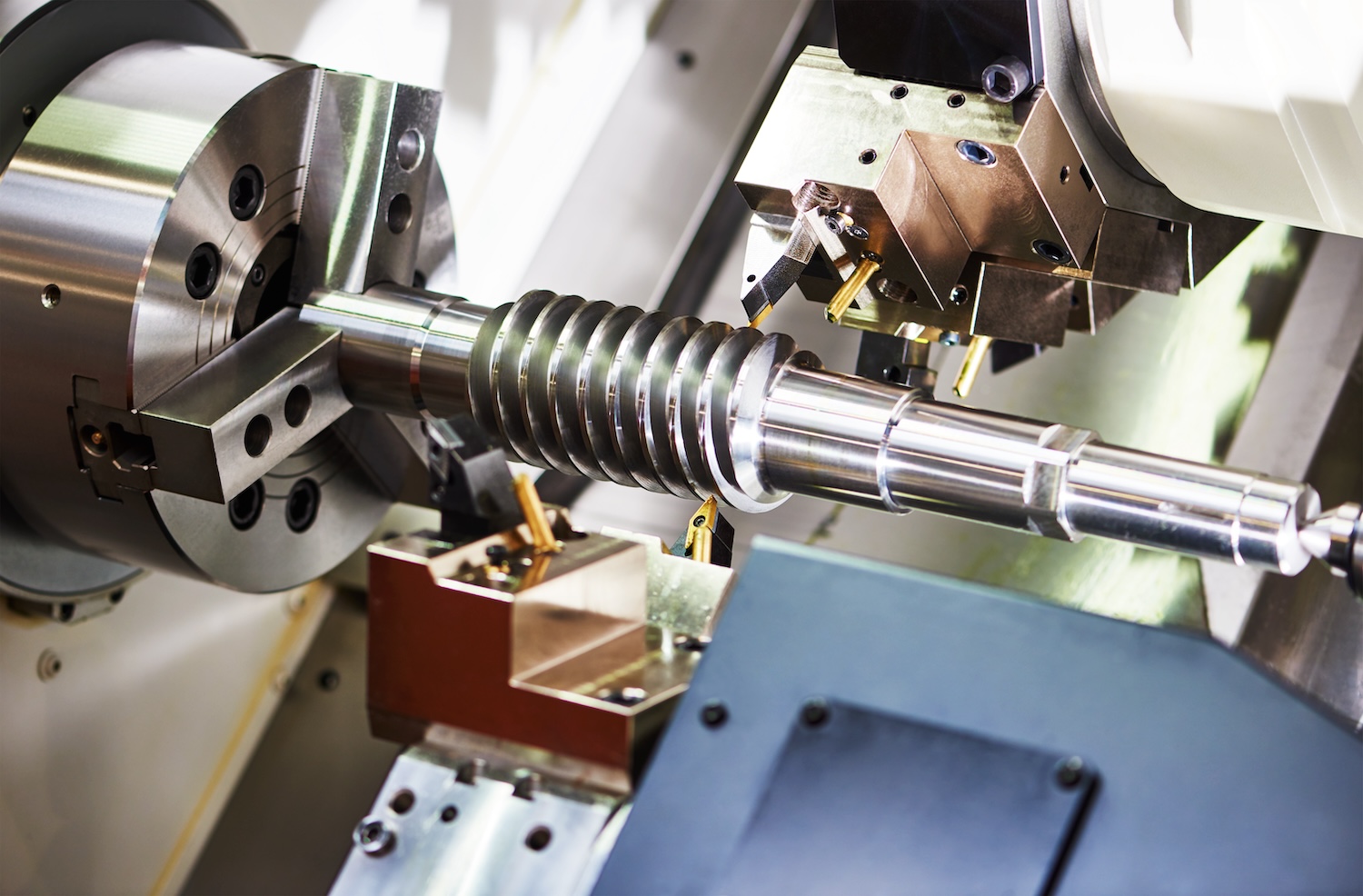

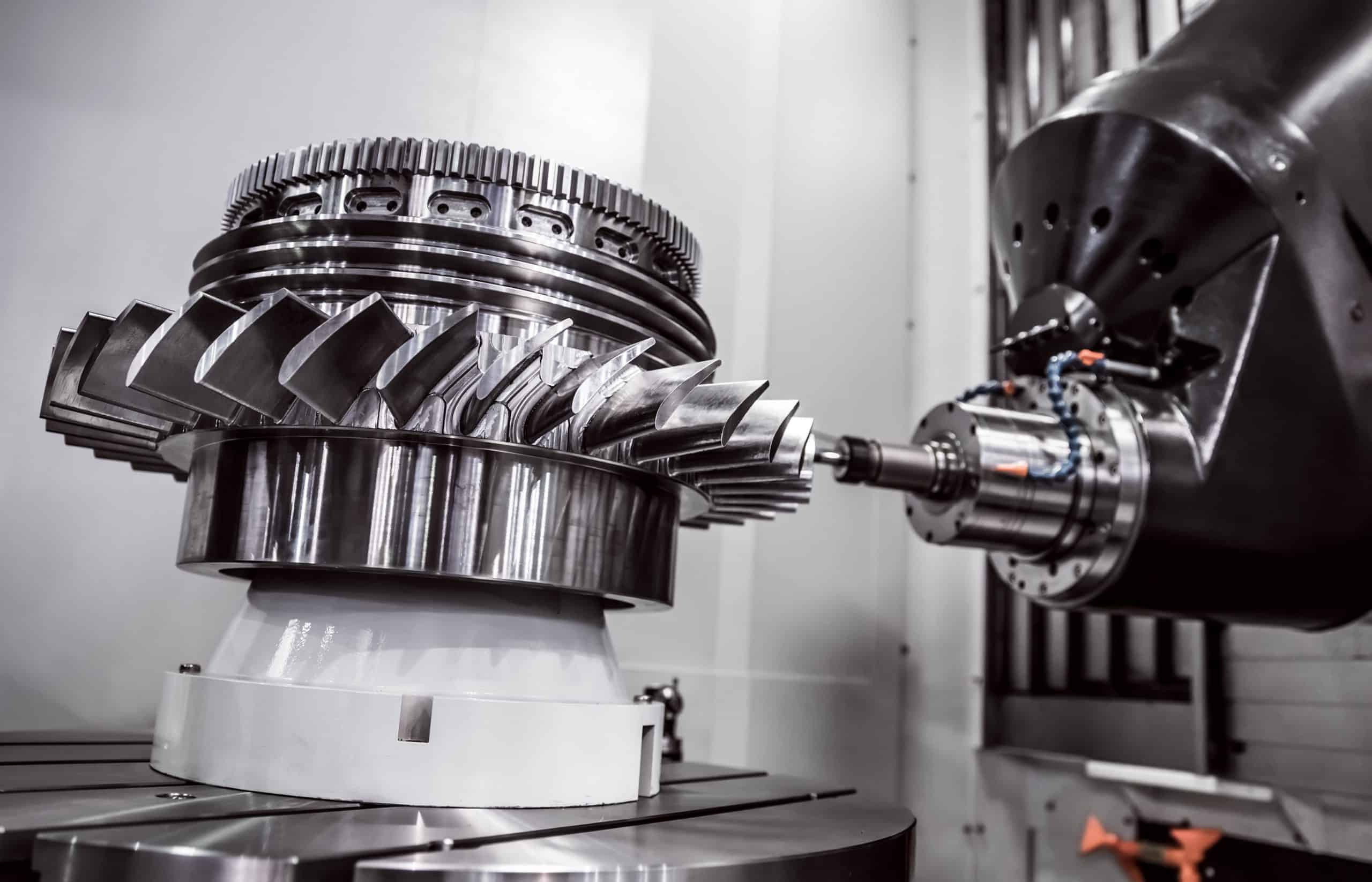
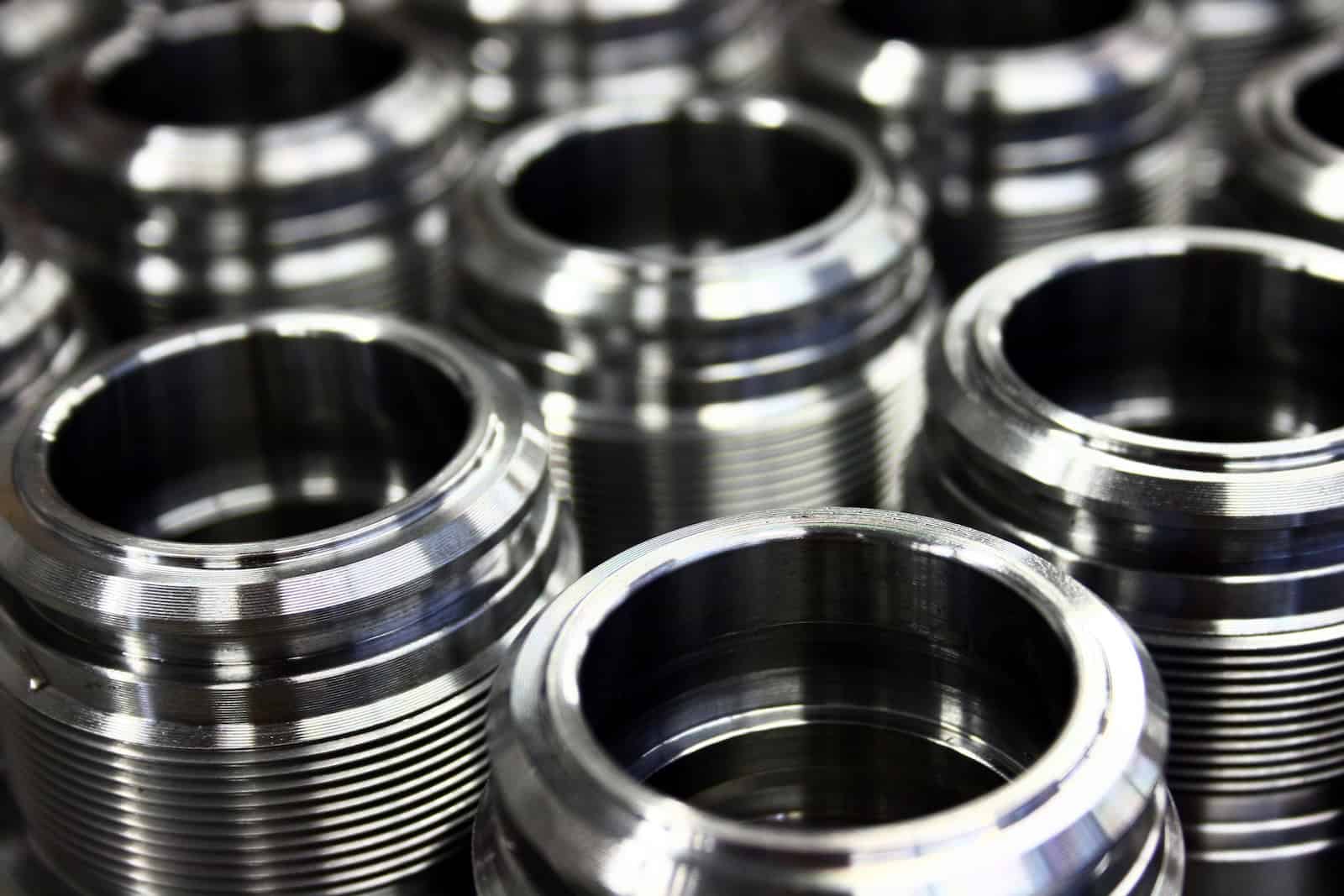

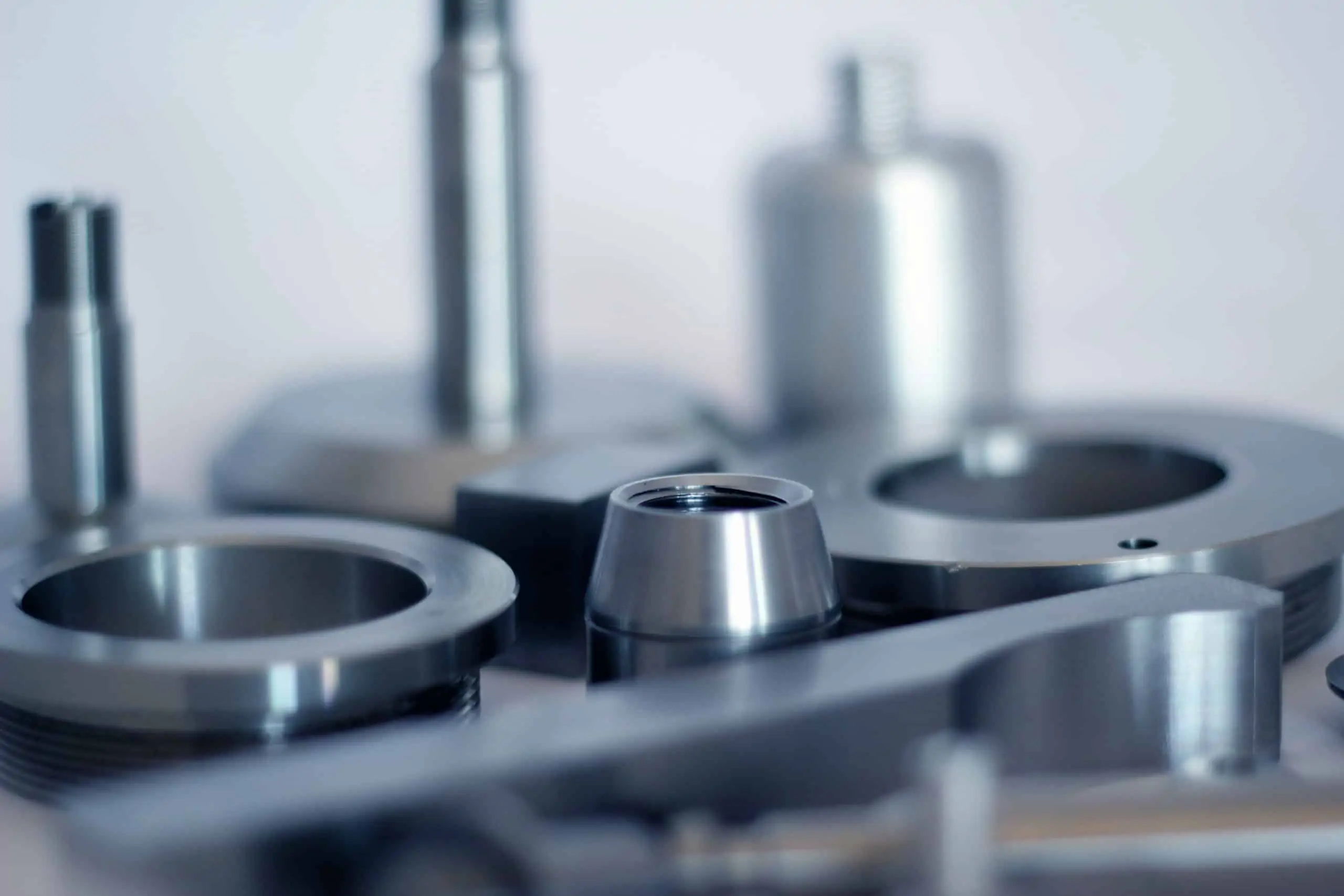
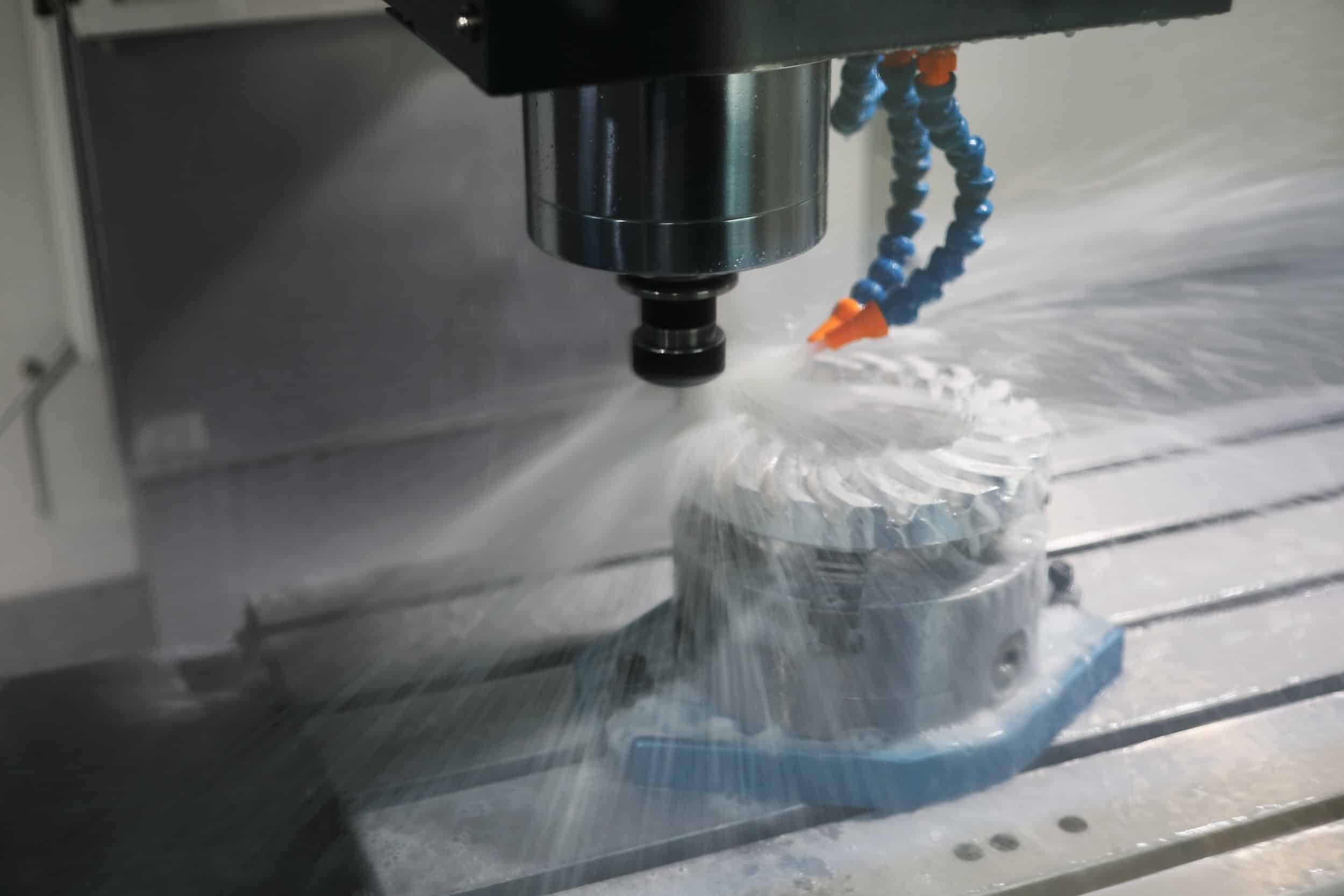


Comment(0)